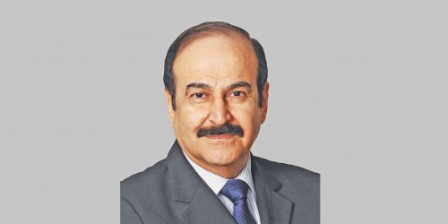Minister: EWA ready to face demand for power
Manama
Power consumption is definitely going up in the summer season but Electricity and Water Authority (EWA) has sufficient resources to meet the growing demand, said Energy Minister Dr. Abdul Hussain Mirza yesterday.
Speaking to DT News, the Energy Minister said that EWA had a very fast and efficient system of redressing the issue of short power interruptions. “It resorts to the temporary connection of emergency diesel generators to provide temporary supplies while the fault repairs are ongoing.”
Dr. Mirza said that Bahrain had witnessed the highest peak system demand of the year at 3 pm on August 2 with 3,335 megawatt as compared to the last year’s 3152 megawatt with 5.8 per cent increase. On the other hand, EWA has 3922 megawatt available power generation capacity exceeding the highest demand.
According to him, a further rise in demand was expected till late August or the early September. “The maximum forecast peak system demand this year can go up to 3400 megawatt – far less than the available power capacity. So there is no need to be worried at all,” Dr. Mirza pointed out.
This coincided with the severest spill of unpleasant weather since mid-July with highest temperature recoded at the “EWA’s Central Control Center” in Umm Al Hassam at 46 C and typical humidity exceeding 40 per cent.
Bahrain has witnessed phenomenal increase in the demand of both electricity and water, which if not addressed, would reflect severely on the environment and the carbon footprint.
EWA owns some 825 MW of its own power generation capacity in both Sitra Power and Water Station and Riffa Power Station while Al-Dur Electricity and Water Company (ADEWC) owns nearly 1227 MW meeting 31 per cent of the power generation capacity. Hidd Power Company owns 929 MW and Al Ezzel Power Company owns 942 MW, meeting nearly 24 per cent each of the power generation capacity.
Bahrain’s annual growth rates in the maximum demands have been very typical of other GCC countries with the growth rate averaging 5 – 6 per cent per annum during the past eight years.
Related Posts

